DIB SCC CyberAssist
Our Mission: Provide trusted resources to assist DIB companies and suppliers of varying sizes with the implementation of cyber protections, and awareness of cyber risk, regulations and accountability for their supply chain.
To assist suppliers in enhancing their cyber security protections, the DIB SCC Industry Task Force is providing information and posting links to helpful publicly available cybersecurity resources on its CyberAssist website. The resources were selected both to help companies (i) meet DoD and other U.S. cybersecurity standards applicable to U.S. federal contractors (e.g., FAR Basic Safeguarding clause, DFARS Safeguarding Covered Defense Information (CDI) clause, DFARS Cybersecurity Maturity Model Certification (CMMC) clause); and (ii) otherwise improve their current cybersecurity protections. We will continue to update and add information and links to other available resources.
These resources are provided for your convenience and are not an endorsement by the Task Force. They are provided on an “as is” basis without warranties of any kind, express or implied. The Task Force and its corporate members or any individual participants disclaim any responsibility or liability with regards to the information posted on CyberAssist or content posted on external sites.



